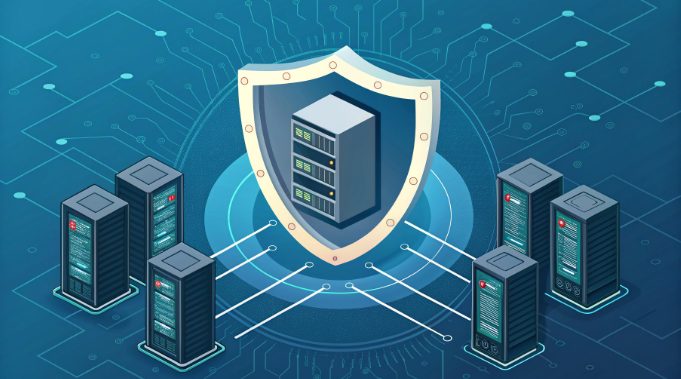IDC High Defense: Picking the Best DDoS Protection

In today’s digital landscape, DDoS attacks have evolved into sophisticated threats that can cripple server infrastructure within minutes. For tech professionals managing server hosting and colocation services, implementing robust DDoS protection isn’t just an option—it’s a critical necessity.
Understanding Modern DDoS Attack Vectors
Contemporary DDoS attacks have evolved beyond simple volumetric attacks. Today’s threat landscape includes:
- Layer 7 Application Attacks: Targeting specific application vulnerabilities
- Protocol Attacks: Exploiting server protocol weaknesses
- Mixed-Vector Attacks: Combining multiple attack types simultaneously
Technical Components of IDC DDoS Protection
Modern DDoS defense infrastructure consists of several critical components:
- Traffic Scrubbing Centers: Implementing BGP routing protocols for traffic analysis
- Anti-DDoS Algorithms: Utilizing machine learning for pattern recognition
- Hardware Acceleration: Employing FPGA-based packet inspection
Bandwidth Capacity Planning
When selecting DDoS defense solutions, bandwidth capacity becomes a crucial factor:
- Base Protection: 10-50 Gbps for small to medium enterprises
- Advanced Protection: 100-300 Gbps for larger operations
- Enterprise Grade: 500+ Gbps for critical infrastructure
Consider these technical aspects:
- Packet Per Second (PPS) handling capability
- Connection tracking capacity
- Scrubbing center proximity for latency optimization
Protection Deployment Architectures
Different deployment models offer varying levels of protection:
- Always-On Protection:
- Continuous traffic monitoring
- Zero switching latency
- Higher resource utilization
- On-Demand Protection:
- DNS/BGP-based activation
- Cost-effective for periodic protection
- Response time considerations
Advanced Mitigation Techniques
Modern defense systems employ sophisticated mitigation strategies:
- Behavioral Analysis:
- TCP/IP stack fingerprinting
- Protocol behavior validation
- Traffic pattern recognition using ML algorithms
- Rate-Based Controls:
- Dynamic threshold adjustment
- SYN flood protection mechanisms
- Connection rate limiting
Performance Metrics and SLA Considerations
Key performance indicators for evaluation:
- Mitigation Response Time:
- Under 10 seconds for automated responses
- Under 15 minutes for human intervention cases
- Legitimate Traffic Loss Rate:
- Target: < 0.1% false positive rate
- Maximum acceptable: < 0.5% during active mitigation
- Latency Impact:
- Clean traffic: < 1ms additional latency
- During mitigation: < 5ms latency increase
Cost-Benefit Analysis Framework
Evaluate defense solutions using these metrics:
- Total Cost of Ownership (TCO):
- Initial deployment costs
- Monthly bandwidth charges
- Protection capacity fees
- Risk Assessment Factors:
- Potential revenue loss during downtime
- Customer SLA breach penalties
- Brand reputation impact
Implementation Best Practices
Follow these technical guidelines for optimal protection:
- Network Architecture:
- Implement anycast network routing
- Deploy redundant scrubbing centers
- Utilize BGP communities for traffic steering
- Monitoring Systems:
- Real-time traffic analysis tools
- Network behavior anomaly detection
- Custom alert thresholds configuration
Future-Proofing Your Protection Strategy
Consider these emerging trends:
- AI-Powered Detection:
- Neural network-based traffic analysis
- Automated response systems
- Predictive attack pattern recognition
- Zero-Trust Architecture Integration:
- Identity-based access controls
- Micro-segmentation strategies
- Continuous authentication protocols
Conclusion
Selecting the right DDoS defense solution for your server hosting and colocation needs requires careful consideration of multiple factors. Focus on:
- Scalability of protection capacity
- Technical sophistication of mitigation techniques
- Cost-effectiveness of the solution
- Future expansion capabilities
Remember that effective DDoS defense is not just about raw capacity—it’s about implementing intelligent, adaptive systems that can evolve with emerging threats while maintaining optimal performance for legitimate traffic.

